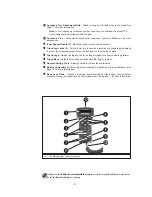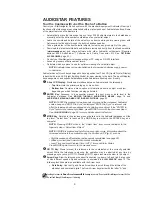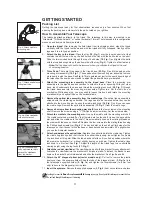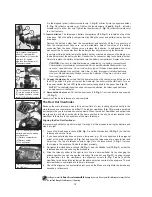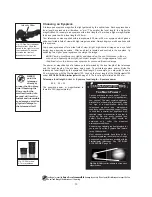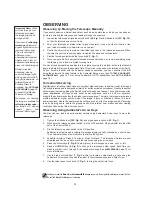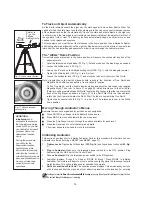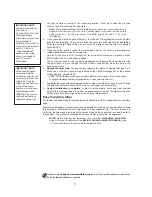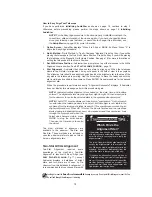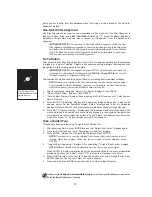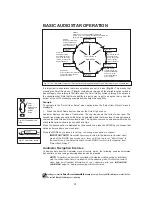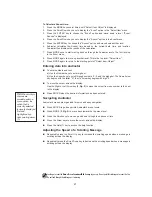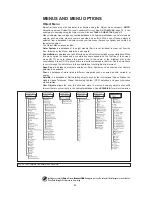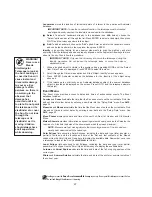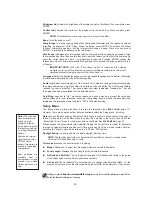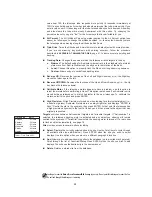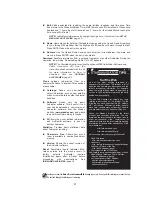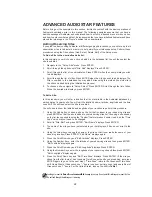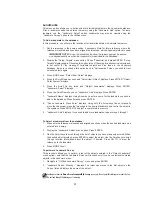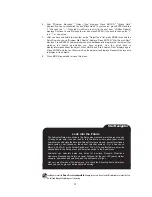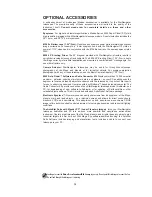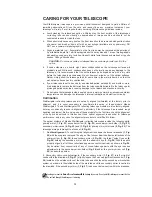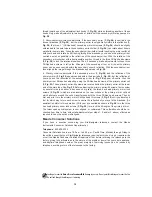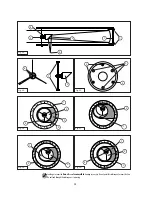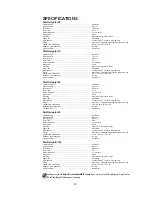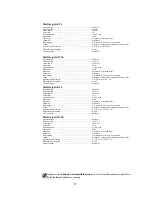
22
Looking at or near the
Sun
will cause
irreversible
damage to your eye. Do not point this telescope at or near the Sun.
Do not look through the telescope as it is moving.
MENUS AND MENU OPTIONS
Fig. 22: The Complete Audiostar Menu Structure.
Object Menu
Almost all observing with Audiostar is performed using the Object menu category. (
NOTE:
Exceptions include Guided Tour and Landmark Survey.
) See
GO TO SATURN
, page 19, for an
example of observing using the Object menu. Also see
TAKE A GUIDED TOUR
, page 19.
Many Audiostar menu categories contain databases. An Audiostar
database is a list of viewable
objects, such as stars, planets, comets, nebulae and so forth. When one of these objects is
selected from a database, Audiostar moves your telescope (if properly aligned) and points it at
the selected object.
The Object Menu options include:
Solar System is a database of the eight planets (Earth is not included) in order out from the
Sun, followed by the Moon, asteroids, and comets.
Constellation is a database of all 88 Northern and Southern Hemisphere constellations. When
this menu option is chosen and a constellation name appears on the first line of the screen,
press GO TO once to change the second line to the name of the brightest star in the
constellation. Press GO TO a second time to slew the telescope to that star. Use the Scroll keys
to cycle through the list of stars in the constellation, from brightest to dimmest.
Deep Sky is a database of objects outside our Solar System such as nebulae, star clusters,
galaxies, and quasars.
Star is a database of stars listed in different categories such as named, double, variable, or
nearby.
Satellite is a database of Earth-orbiting objects such as the International Space Station, the
Hubble Space Telescope, Global Positioning System (GPS) satellites, and geosynchronous
orbit satellites.
User Objects allows the user to define and store in memory deep-sky objects of specific
interest that are not currently in the Audiostar database. See
APPENDIX B
for more information.

